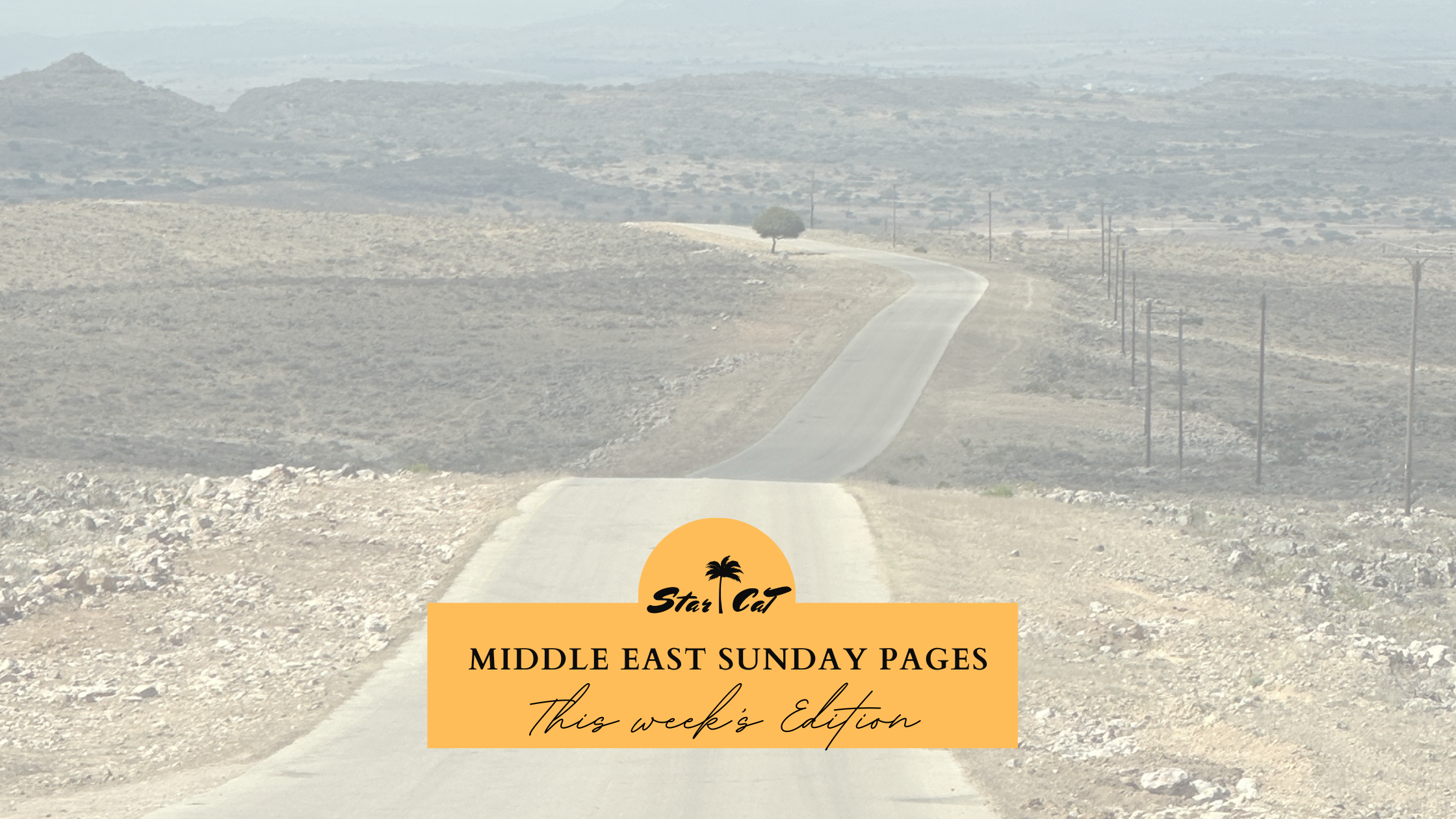
Dress Code for Mosques
The Gulf region, known for its rich Islamic heritage and traditions, is home to numerous magnificent mosques that attract visitors from around the world. When visiting these sacred places, it is important to respect the local customs and adhere to the appropriate dress code. Dressing modestly and conservatively is not only a sign of respect for the religious and cultural values but also ensures a meaningful and harmonious experience. In this blog post, we will explore the guidelines for dressing when visiting a mosque in the Gulf.
Understanding the Cultural Context
Before visiting a mosque in the Gulf, it is essential to familiarise yourself with the local customs and cultural practices. Islam plays a significant role in the region, and dressing modestly is an integral part of the Islamic tradition. By dressing appropriately, you show respect for the local culture and contribute to a positive cross-cultural experience.
Dress Code Guidelines
Women’s Dress Code
When entering a mosque, women should dress modestly, covering their hair, arms, and legs. The following guidelines are generally recommended:
- Headscarf: Women are advised to wear a headscarf that covers their hair. It can be a simple shawl or a hijab.
- Clothing: Loose-fitting, non-transparent clothing that covers the arms and legs is recommended. Long skirts or dresses, paired with long-sleeved tops or blouses, are suitable choices.
- Footwear: It is common for women to remove their shoes before entering the prayer area, so wearing easily removable shoes or sandals are advisable.
Men’s Dress Code
While the dress code for men visiting mosques is generally more relaxed than for women, it is still important to dress respectfully:
- Clothing: Men should wear long pants or trousers and shirts that cover the shoulders. T-shirts are generally acceptable, but sleeveless shirts should be avoided.
- Footwear: Similar to women, men are usually required to remove their shoes before entering the prayer area.
Additional Considerations
- Clothing Colours: It is advisable to choose modest and neutral colours for your attire when visiting a mosque. Bright or flashy colours may be seen as disrespectful or distracting.
- Jewellery and Accessories: It is best to keep jewellery and accessories to a minimum when visiting a mosque. Large or flashy items may draw unnecessary attention and go against the principle of modesty.
- Hygiene and Cleanliness: Ensure you are clean and have fresh breath before entering the mosque. This reflects a commitment to personal hygiene and respect for the sacred space.
Respectful Behaviour
Dressing appropriately is only one aspect of showing respect when visiting a mosque in the Gulf. It is equally important to observe the following behavioral guidelines:
- Speak softly and refrain from unnecessary conversations or disruptions.
- Follow the instructions provided by mosque staff or volunteers.
- Avoid using flash photography or any behaviour that may disturb worshippers.
- Do not touch or lean on any religious texts or artefacts without permission.
When visiting a mosque in the Gulf, it is crucial to dress modestly and respectfully to honour the cultural and religious significance of the place. Adhering to the guidelines ensures a positive and meaningful experience, fostering cultural understanding and respect. By demonstrating sensitivity to local customs, we contribute to building bridges between different cultures and religions, promoting harmony and mutual respect.
Remember, the mosque is not just a place of worship but also a symbol of the shared heritage and values of the Gulf region. Let us embrace the opportunity to engage respectfully with these spaces and appreciate the beauty and tranquility they offer.
If you are confused on what to wear and what not to wear, you have 2 choices:
- Book a Consultation with us HERE and we can give you bespoke advise.
- Have a read of the ‘Culture’ section of the our Middle East Sunday Pages.



